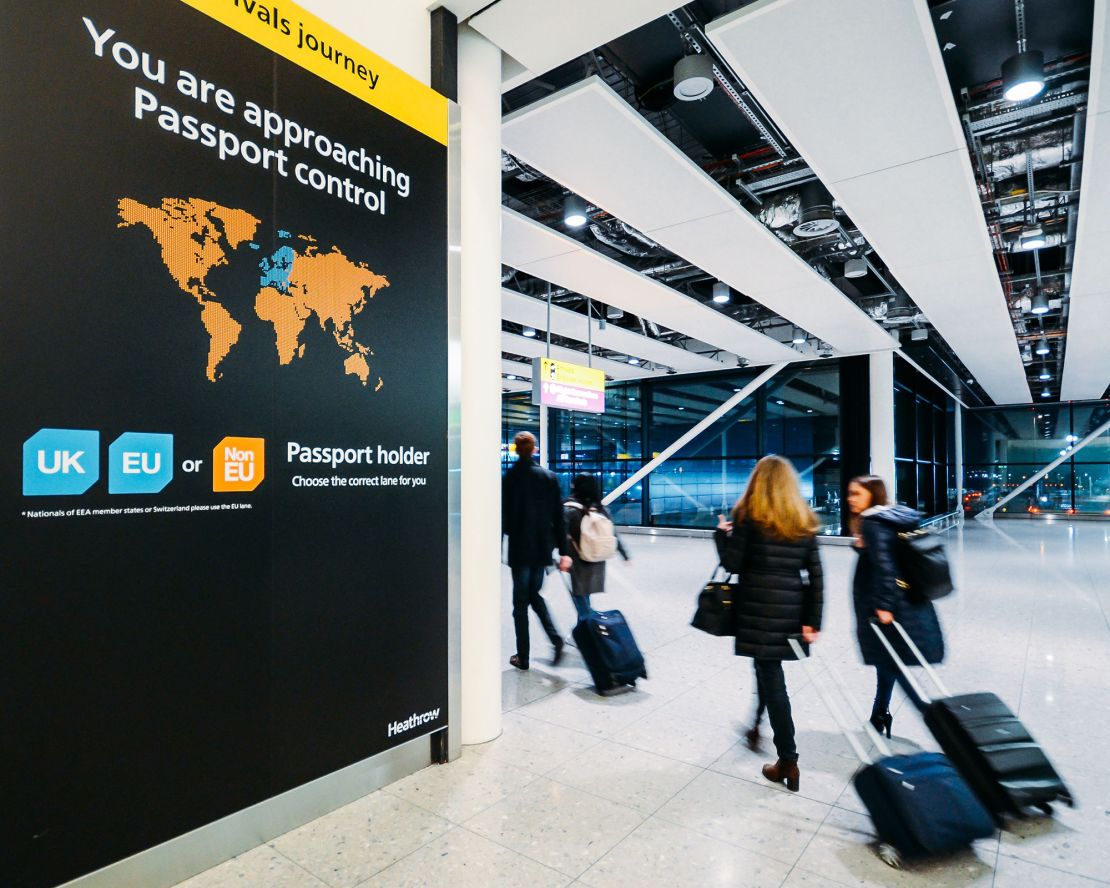Think you’re ready for the changes coming to air travel in 2025? No, you aren’t.
We are firmly charging into a new era of travel, led by innovations and explorations that seemed impossible or, at best, highly unlikely only a few years ago. New planes, new routes, new partnerships and new strategies are the name of the game for the year ahead … not to mention that you’ll definitely be hearing more about Greenland than perhaps ever before.
Now, nearly five years out from the devastation that Covid wreaked on the airline industry, optimism has returned. With it comes full flights, yes, but 2025 is a steamroller of shifts that will further open up the world to travelers at the same time as charging them more for the privilege.
These are the trends in air travel you need to know about for the year ahead.
Brand-new routes connect the US and Europe like never before

In September, Delta Air Lines proclaimed that 2025 would see a record summer for the airline, with the most transatlantic routes in its history. At peak, the airline will operate 700 weekly flights across the ocean, to 33 European destinations.
A few of these new routes include Atlanta to Brussels and Naples, Italy; Boston to Barcelona and Milan; Minneapolis to Copenhagen and Rome; New York-JFK to Catania, Sicily; and Detroit to Dublin.
“More than one million people with Irish heritage call Michigan home,” said Wayne County Airport Authority CEO Chad Newton in the announcement. “We expect this first-ever DTW to Dublin route will be in high-demand.”
Additionally, Delta’s nonstop route between Tampa and Amsterdam, which was originally a seasonal offering scheduled to end in late spring 2025 will now operate year-round.
Not to be outdone, in October United Airlines listed out its 2025 route enhancements, also promising its largest-ever transatlantic schedule, with new flights to Spain, Italy, France, Greece and Croatia.
Once these routes commence from May 2025, United’s service across the Atlantic will number 760 weekly flights to over 40 destinations.
Completely new routes include Newark to Nuuk, Greenland; Palermo, Italy; Bilbao, Spain; Madeira Island, Portugal; and Faro, Portugal.
The airline is also adding three new nonstop routes from Dulles International in Washington D.C., to Dakar, Senegal; Nice, France; and Venice, Italy. The number of weekly direct flights between Newark and Palma de Mallorca, Spain; Dubrovnik, Croatia; and Athens, Greece will also increase.
Rounding out the big three US carriers with route announcements is American Airlines, with 70 daily departures to over 20 transatlantic destinations.
New routes include between Charlotte and Athens, Greece; Chicago and Madrid; Miami and Rome; and Philadelphia to both Edinburgh, Scotland, and Italy’s Milan-Malpensa Airport.
American will also bring back 2024’s seasonal Europe flights to Copenhagen, Naples and Nice, France, for summer 2025.
JetBlue Airways is another that’s set to boost transatlantic routes in 2025 with the May 22 introduction of flights between Boston and both Edinburgh and Madrid.
On the international scene, United Arab Emirates-based Etihad Airways announced 10 new destinations for 2025, including between Abu Dhabi and Atlanta, flying four times weekly beginning July 2, 2025.
For West Coasters hoping for a bite of the new route news, the Dutch airline KLM will begin flying between Amsterdam and San Diego, operating three times weekly from May 8, 2025.
Higher fees and new paperwork have travelers looking away from London

More options across the Atlantic couldn’t be arriving at a better time, easing London’s air travel chokehold on transatlantic connections at the same time as it gets more expensive than ever to fly via Britain.
The UK’s Air Passenger Duty (APD) was introduced in 1994 to improve national revenue, and it typically rises yearly with inflation. Rolled into the overall ticket price, it’s levied per passenger and based on both the flight length and the passenger’s cabin class.
For 2025, the UK government is planning an even larger adjustment to offset higher-than-normal inflation.
While economy travelers won’t see much of a difference — the APD on one economy class ticket from London to New York, for example, is £88 ($112) in 2024, only £1 more than 2023’s rate — flyers in classes with 40 inches of legroom or more should brace for a hike in ticket prices.
Beginning April 1, 2025, the APD on a premium seat ticket from London to New York or Los Angeles, for example, will jump by £22, to £216 ($275).
The UK is not alone in levying such taxes. France has an eco tax per passenger, although it is far lower, at between 2.63 euros and 63.07 euros per passenger (between about $2.75 and $65). In 2025, Denmark will also launch one of its own; the passagerafgift på flyrejser begins on January 1, 2025, charging between 30 DKK ($4) and 300 DKK ($42) to passengers on all commercial flights from Denmark (except to Greenland and the Faroe Islands).
The fees for UK travel don’t end with the APD, either. Starting January 8, an Electronic Travel Authorization (ETA) will be necessary for some foreign visitors who aren’t required to have a visa. This includes travelers from the United States. Visitors from Europe will pay from April 2.
Travelers must apply for an ETA and pay the associated £10 (about $13) fee before flying to the UK. The good news is that once a traveler has it, the ETA will apply for all of their UK travel for a period of two years.
Simply transiting through a UK airport won’t even save you from the ETA fee. Layover passengers, including those who stay “airside” at the airport between flights, will also need to secure an ETA ahead of their travel.
The fees keep on coming; seven of the UK airports that charge “drop-off” fees for private vehicles bringing passengers to the airport raised these by between 50p to £1 (about $1.25) in the last year, with future hikes expected in 2026. One of the most expensive, London’s Gatwick International Airport, now costs a vehicle £6 (about $7.50) for a stay of 10 minutes or less. Surprisingly, only three UK airports — London City, Inverness and Cardiff — still allow for free drop-offs.
UK airports aren’t alone in their fee hikes. On December 1, 2024, the Indian Ocean archipelago of the Maldives raised departure fees for all non-Maldivian visitors. This departure tax, also typically rolled into the price of a ticket, is per passenger and based on the class of service.
Passengers in economy class leaving the Maldives will pay $50 (up from $30); business class $120 (from $60); first class $240 (from $90); and private jet travelers $480 per person (up from $120).
And to help fund over $2 billion in airport improvements, fees for departing Singapore’s Changi International Airport will steadily increase over the next five years, from $46 SGD (about $35) to $66 SGD (about $49) per passenger. Tack onto that the potential of higher airfares to Singapore overall, as airlines pass on the additional cost of landing and operational costs at Changi, set to rise from April 2025.
MYKE760'S BLOG


